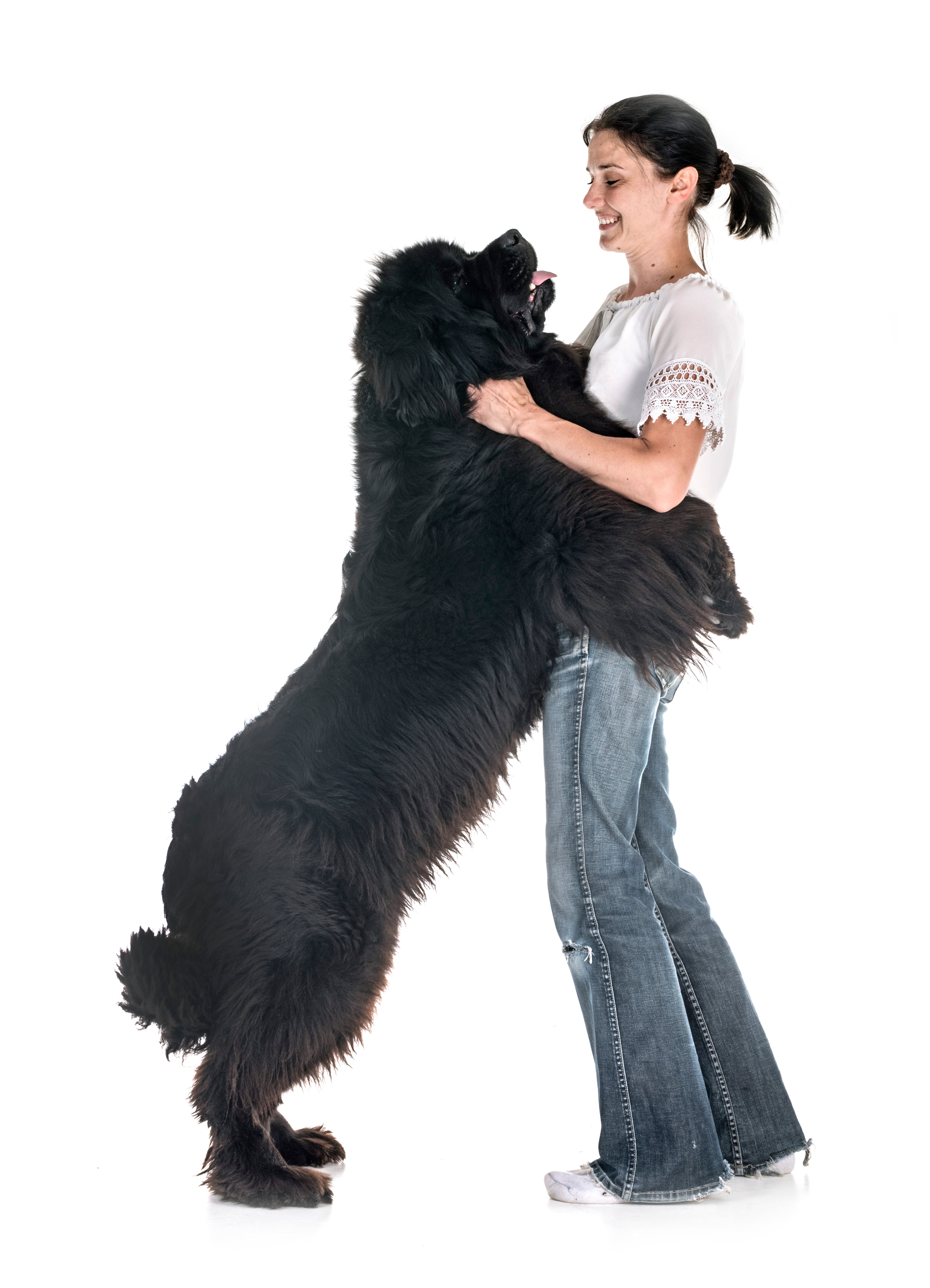Panosteitis in Dogs is an excruciating condition; it affects the long bones in the legs and can cause lameness. It is a self-limiting disease that mainly affects young dogs as they grow and is predominantly seen in the German Shepherd breed, although others can be affected.
Now…
If your pup contracts this condition, he is in for a painful process and recovery time; you should ensure that pet insurance is the first thing you buy after purchasing any new puppy or dog.
What is Panosteitis, and what does it do?
Canine Panosteitis is an orthopedic disease that young dogs from gigantic breeds often get as they grow up. Their limbs stretch out, and their bones increase, making them susceptible. The pain from this condition occurs when bones stretch quickly, leaving their surface membrane (the Periosteum) becomes swollen as a response. In this condition, the Epiphyseal Plate (or Growth Plate) in your dog’s leg or legs will hurt until it passes.
Typically…
Called growing pains in humans, the medullary cavity (the center of the bone where the bone marrow is stored) has not yet developed enough to keep up with the bone. This results in inflammation of the Periosteum above and leaves the dog in pain. This disease is not dissimilar to Hypertrophy Osteodystrophy; the two might even be confused. Symptoms are the same, but the path of the disease is different. Where Astrophysicist necrotizes the bone ends, Panosteitis does not and will often resolve itself by the time a dog has reached maturity.
A Periosteil reaction…
This is a real possibility here, which means that the Periosteum attempts to grow new bone due to what it perceives to be a trauma – the new bone that has formed so quickly. In an attempt to rectify this, it may grow a protrusion. An X-ray will show if this is the case.
Panosteitis is one of many self-limiting bone diseases in large-breed dogs. It is ultimately triggered by rapid growth and will likely go away as time passes. Your veterinarian may prescribe anti-inflammatory medications until it passes. Pain treatment is also effective in the meantime. Clinical signs of this condition include limping or lameness in one or all legs, lethargy, and an intense dislike of anyone touching their poor sore legs.
This condition is partially…
Inherited and partially caused by the rapid bone growth of the legs, if your dog is a long-legged breed, they already have a high chance of suffering from this condition as they grow. Vets recommend that the symptoms disappear entirely by five years old, although it is much more likely to last only a few weeks and be gone by the time your pup reaches maturity.
Most Commonly Affected Breeds
The list of breeds likely to suffer from this temporarily debilitating condition is long and not nearly exhaustive. However, those we do know about are as follows:
- Afghan Hound,
- Akita,
- American Cocker Spaniel,
- American Staffordshire Terrier,
- Basset Hound,
- Bernese Mountain Dog,
- Boxer,
- Bulldog,
- Bullmastiff,
- Chesapeake Bay Retriever,
- Chinese Shar Pei,
- Chow Chow,
- Dalmatian,
- Doberman Pinscher,
- English Setter,
- German Shepherd Dog,
- German Short Haired Pointer,
- Giant Schnauzer,
- Golden Retriever,
- Great Dane,
- Great Pyrenees,
- Irish Wolfhound,
- Labrador Retriever,
- Neapolitan Mastiff,
- Newfoundland,
- Rhodesian Ridge-back,
- Rottweiler,
- Saint Bernard,
- Springer Spaniel,
- Weimaraner,
- West Highland White Terrier.
To name a few, but please remember that if your pup happens to be a large or giant breed of dog but isn’t on the list, that doesn’t necessarily exclude them; you should also check your pup’s parentage when you buy him to see if there is a family history of this condition.
Treatment Options
It is unlikely that your vet will want to treat this condition once they have examined your pet and potentially sent them for an X-ray. Radiographs may be taken to help with diagnosis, but it is nothing to worry about. Your vet may want to prescribe non-steroidal anti-inflammatory medications or anti-inflammatory drugs until the problem passes. If your dog is in severe pain, they may also wish to prescribe pain medications.
Surgery might also be considered…
If your dog has started growing extra pieces of bone from its growth plates, this is rare and easy enough to fix. This brings us to where we like to remind folks that we here at IndulgeYourPet are not doctors, veterinarians, or medical professionals. We are all a bunch of folks passionate about animals and only want what’s best for them.
This is why…
If you feel your pet may have panosteitis (or any other health issue), you will want to have them checked out by a vet ASAP! Because the truth is, an early diagnosis will often lead to the “best” medical outcome for your pet regardless of what is bothering them, but beyond that, diagnosing a medical condition early could save you a bundle in medical costs!
And while…
Many of these conditions may not appear to be life-threatening. Still, it can become quite expensive, particularly if surgery is needed to help alleviate the pain! This is also why we here at IndulgeYourPet also recommend that any new pet owner take a moment and see what it might cost for you to purchase a pet insurance policy for your new animal.
Now will a pet insurance policy be suitable for everyone?
No, probably not. But until you fully understand what these policies “will” and “won’t” cover and how much these pet insurance policies cost, how will you know if one might be right for you?
For more information on who we feel currently offers the “best” pet insurance policies out there, we would encourage you to check out our Best Pet Insurance Policies article.



